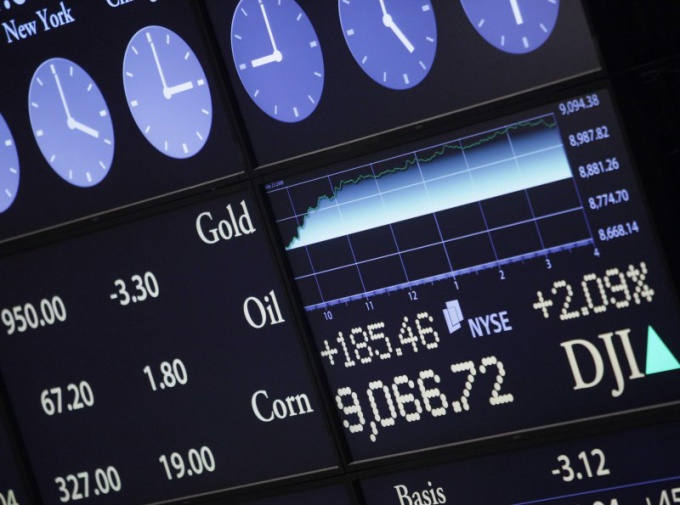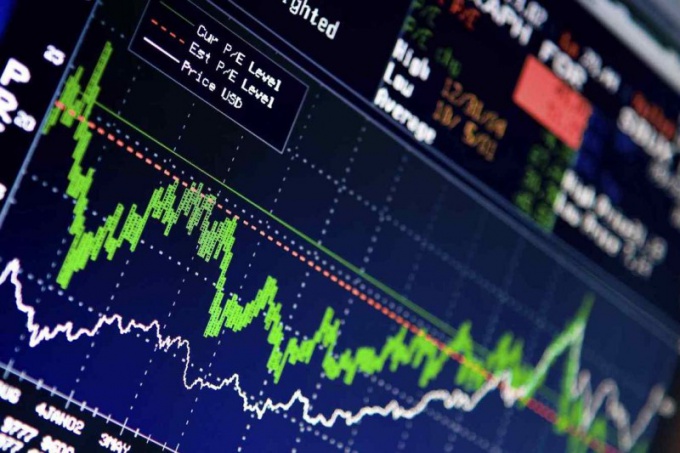Tip 1: What is the Dow Jones index
Tip 1: What is the Dow Jones index
The Dow Jones index is one of the key indicators,used to assess the state of the US economy. It is the oldest American stock index, which was created at the end of the XIX century.

Index calculation
In 1884, an American financial analystCharles Dow, along with his partner, Edward Johnson, developed a composite measure based on the price of shares of the 11 largest American companies, of which two were industrial and nine were railroad. Soon, having finalized his concept, he began to publish his calculations in a small, two-page business newspaper, which quickly gained popularity among New York financiers. Later, on its basis, the existing newspaper "Wall Street Journal" began to appear. Thus, the first Dow Jones index was released in 1886: it was then based on quotations of shares of 12 major industrial companies in the US and was calculated as the arithmetic mean of these indicators. As a result, the starting point for the Dow Jones index was a value of 40.94 points. Gradually, the number of components of the index increased: in 1916 it reached 20, and in 1928 - 30. This number of companies is used to calculate the Dow Jones index today. However, only one company, General Electric, remained among the first participants of the indicator among them. Its modern name is the Dow Jones industrial index, which is denoted on the international stock market by the abbreviation DJIA, which is the abbreviation of the English-language name of the index - "Dow Jones Industrial Average". Nevertheless, some of the companies whose stock quotes are used today to calculate the index, in fact no longer refer to the industrial sector.Dynamics of the index
Its first value, slightly exceeding 40points, the Dow Jones index has long ago left behind. This was due to a significant increase in the value of shares of companies included in the calculation, as well as a revision of the original composition of the index. In 1966, for the first time the figure reached a value in excess of 1000 points, in 1995 it exceeded 5000 points for the first time, and in 1999 - 10,000 points. The maximum value of the index - 11728.98 points - was recorded in 2000, which became one of the the most successful for the American economy. The most significant falls in the history of the indicator were recorded in 1987, when the shares of most US companies collapsed on October 19 for no apparent reason, and in 2001, when the US stock market collapsed under the influence of news of the September 11 terrorist act. Then for one day the value of the index fell by 22.6% and 7.1%, respectively.Tip 2: When the New York Stock Exchange collapsed
The collapse of the New York Stock Exchange occurred more than once. Each collapse left its imprint on the financial system. In total, there are five stock market falls that occurred in 1873, 1907, 1929, 1987 and 1994.








